What is a Cloud Workload?
What is a Cloud Workload?
Cloud computing is a popular and powerful way of delivering IT services over the Internet. Cloud computing allows businesses to access various resources, such as servers, storage, databases, and applications, on-demand and pay only for what they use. However, cloud computing also introduces new challenges and complexities for managing the workloads that run on the cloud. In this article, we will explain what a cloud workload is, why it is important, what types of cloud workloads exist, what benefits they offer, and what challenges they pose.
Introduction
What is a cloud workload?
A cloud workload is a specific application, service, capability, or amount of work that can be run on a cloud resource. Cloud workloads can include virtual machines, databases, containers, Hadoop nodes, and applications. A cloud workload can be composed of one or more components that interact with each other and with other cloud resources.
Why are cloud workloads important?
Cloud workloads offer several advantages over traditional on-premises workloads, including:
- Scalability: Cloud workloads can be easily scaled up or down to meet changing demand. Cloud providers offer various options for scaling, such as horizontal scaling (adding or removing instances), vertical scaling (increasing or decreasing the capacity of an instance), and auto-scaling (automatically adjusting the number of instances based on predefined rules).
- Agility: Cloud workloads can be deployed quickly and easily, making it easier for businesses to innovate and adapt to new market conditions. Cloud providers offer various tools and services for deploying and managing cloud workloads, such as cloud orchestration, automation, configuration management, and monitoring.
- Cost savings: Cloud workloads can help businesses to save money on IT costs, such as hardware, software, and maintenance. Cloud providers offer various pricing models for cloud workloads, such as pay-as-you-go (paying only for the resources consumed), reserved instances (paying a lower rate for committing to a certain amount of resources for some time), and spot instances (paying a variable rate for using spare capacity).
Types of Cloud Workloads
Cloud workloads can be classified into several different types, including:
- Static workloads: These are applications and services that have a consistent, predictable workload. Examples include web servers and email services. Static workloads are suitable for cloud environments that offer high availability and reliability.
- Periodic workloads: These are applications that have regular, recurring usage patterns, such as data backups or batch processing. Periodic workloads are suitable for cloud environments that offer flexible scheduling and low-cost storage.
- Dynamic workloads: These are applications and services that have a variable workload that can fluctuate over time. Examples include e-commerce websites and social media platforms. Dynamic workloads are suitable for cloud environments that offer scalability and elasticity.
Benefits of cloud workloads
The benefits of cloud workloads include:
- Scalability: Cloud workloads can be easily scaled up or down to meet changing demand.
- Agility: Cloud workloads can be deployed quickly and easily, making it easier for businesses to innovate and adapt to new market conditions.
- Cost savings: Cloud workloads can help businesses to save money on IT costs, such as hardware, software, and maintenance.
- Reliability: Cloud providers offer a high level of reliability and uptime.
- Security: Cloud providers offer a variety of security features and services to protect customer data.
Challenges of managing cloud workloads
The challenges of managing cloud workloads include:
- Complexity: Cloud environments can be complex and difficult to manage. Businesses need to have the right skills and tools to manage their cloud workloads effectively.
- Security: It is important to properly secure cloud workloads to protect them from cyber-attacks. Businesses need to follow the best practices for securing their cloud workloads, such as encrypting data in transit and at rest, implementing strong authentication and authorization mechanisms, applying patches and updates regularly, and monitoring for anomalies and threats.
- Cost management: It is important to manage cloud costs effectively to avoid overspending. Businesses need to have visibility into their cloud usage and spending patterns, optimize their resource utilization and allocation, and choose the right pricing model for their cloud workloads.
- Compliance: Businesses need to ensure that their cloud workloads comply with all applicable regulations. Businesses need to understand the legal and regulatory requirements for their industry and region, choose the right cloud provider and location for their data storage and processing, and implement the necessary controls and audits for their cloud workloads.
Conclusion
Cloud computing is a powerful way of delivering IT services over the Internet. However, it also introduces new challenges and complexities for managing the workloads that run on the cloud. In this article, we explained what a cloud workload is, why it is important, what types of cloud workloads exist, what benefits they offer, and what challenges they pose. We hope that this article has helped you to understand the concept of cloud workloads better.
